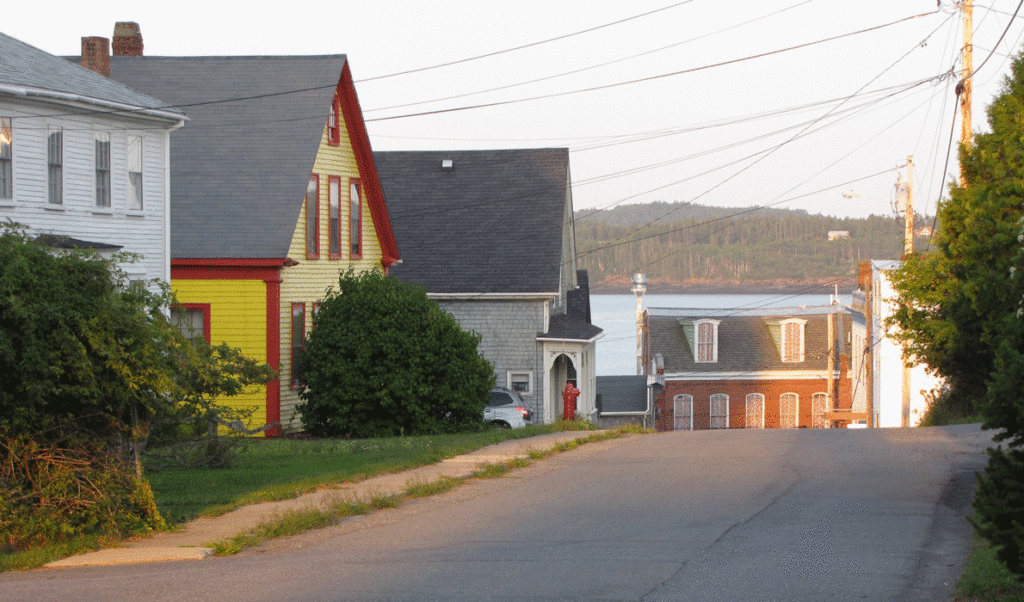I believe the number of islands in the U.S. is growing, and here’s why. Across rural America people are feeling isolated—remote, beyond the care and concern of others, cut off from the rest of society. People living in rural communities feel like their futures are subject to forces beyond their control.
These are the conditions under which rural communities might start to feel like islands in the figurative sense of the word.
To live in a rural community is to experience a sense of place and purpose that may have, in the past, revolved around feeding and powering the growth of our nation. For generations, these communities existed based on a resource extraction paradigm. That is, until it wasn’t like that anymore. As these industries moved on, they left behind families and failing communities that are struggling to find their way. New England’s mill towns and the mining towns of the Colorado Rockies are great examples of the rise and fall of rural livelihoods.
Today, many people feel disempowered and without a sense of control of their future. Angry, irrational responses to these conditions by leaders do not support design for a thriving future. This kind of leadership only further marginalizes already marginal communities, some of which have been destabilized by global market forces. Add the effects of climate change and you have an even more uncertain future for places that traditionally are connected to the environment.
These observations can be discouraging, unless you have seen the dynamism of Maine’s island and coastal communities. These are places that have figured out how to take control of their future.
A broader reframing of rural communities as “island communities” might allow those that have been left behind to take control of their own future.
Island communities are frontiers, and we Americans love the idea of frontiers, which have played an outsized role in the national imagination. The islands off the coast of Maine certainly feel like frontiers. They are places where neighbors rely on one another to get by. They are places where changes in the weather change your fortune.
Islands celebrate their uniqueness. Rural communities can do the same. And if both island and rural communities understand they share common challenges, they could work together, sharing what works from place to place.
The challenges and solutions should begin with the small and practical: How do we improve our recycling program? How can we fund an aging-in-place program? From there, communities might see the benefit of working together on larger infrastructure projects, like bringing broadband which can attract young families whose adults want to work remotely.
Too many communities are experiencing only the negative elements of this figurative island life, rather than its potential. Here in Maine, island communities are hopeful places that are attractive because residents solve their own problems when they can, and reach out for support when needed.
I see a constellation of island communities, both real and figurative, from across the country pulling together to control their futures.
You don’t have to spend much time on the ferries that serve Maine’s islands before you hear someone say, “I’m headed to the U.S. today.” I wonder if the same sentiment is held by people in rural communities across the country when they are headed to cities. If so, then then there is an island nation on the rise.
Rob Snyder is president of the Island Institute, publisher ofThe Working Waterfront. Follow Rob on Twitter @ProOutsider.





